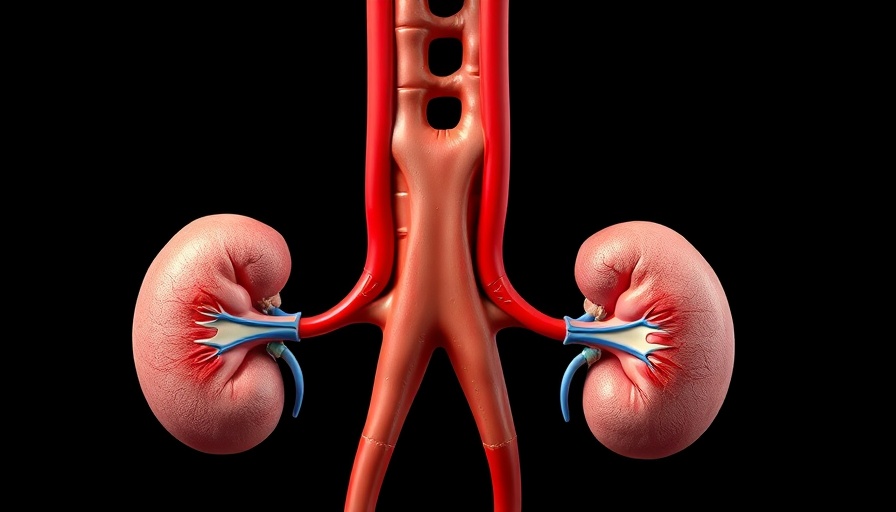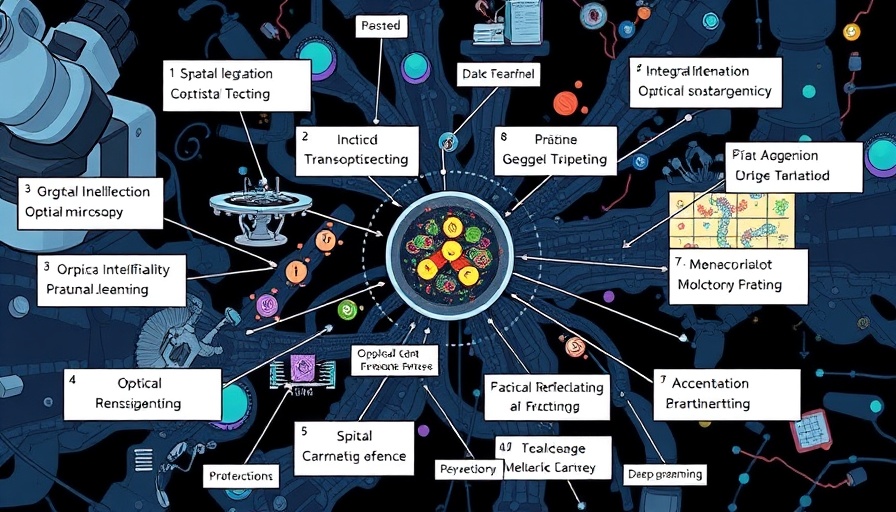
Unlocking Early Detection: How Skin Swabs Could Revolutionize Parkinson's Diagnosis
A groundbreaking study at the University of Manchester reveals a new, non-invasive technique that could significantly change the way Parkinson's disease is diagnosed. This method, using skin swabs, can potentially identify patients years before the onset of motor symptoms, providing hope for better treatment outcomes.
Understanding the Science Behind the Detection
The essence of this research lies in analyzing sebum, the oily substance secreted by our skin, which contains specific chemical compounds, or "volatiles," that serve as biomarkers for Parkinson's disease. Through a sophisticated analytical technique known as Thermal Desorption-Gas Chromatography-Mass Spectrometry (TD-GC-MS), scientists studied skin samples from three distinct groups: individuals diagnosed with Parkinson's, healthy volunteers, and those diagnosed with isolated REM Sleep Behavior Disorder (iRBD). Remarkably, those with iRBD exhibited unique chemical profiles that were intermediate between healthy individuals and those with established Parkinson's disease, underscoring the method's potential for early detection.
The Role of 'Super Smeller' Joy Milne
An exciting element of this study is the involvement of Joy Milne, dubbed the "super smeller" for her extraordinary ability to detect changes in body odor linked to Parkinson's disease. Milne participated in the study and was able to distinguish skin swabs from those with iRBD and Parkinson's patients, showcasing the promising link between olfactory cues and early detection of neurological diseases.
The Future of Parkinson's Detection and Patient Care
Professor Perdita Barran from the University of Manchester emphasizes that this innovative approach might pave the way for early identification of individuals at risk for Parkinson's disease. With earlier diagnosis, healthcare providers could initiate timely interventions that may improve quality of life for patients. Furthermore, the longitudinal aspect of the study, which analyzed samples from Parkinson's patients over three years, can help track disease progression and tailor treatments more effectively.
What This Means for Patients and Families
For those at risk or already diagnosed, these findings are monumental. Early detection could mean accessing therapies and support sooner, allowing families to better prepare for the journey ahead. Moreover, knowing that such an innovative method is in the works can bring comfort to individuals facing the uncertainties of a Parkinson's diagnosis.
Conclusion: A Call to Embrace Innovations in Health Technology
As medical technology continues to evolve, the potential of skin swabs for detecting Parkinson's disease represents a significant leap forward in neurology. With ongoing research and developments, there is hope for comprehensive solutions to tackle this complex disorder. Being aware of these advancements is crucial—whether for patients, healthcare companies, or policymakers—so that everyone can advocate for continued support and funding in pioneering health technologies.
 Add Row
Add Row  Add
Add 




 Add Row
Add Row  Add
Add 
Write A Comment